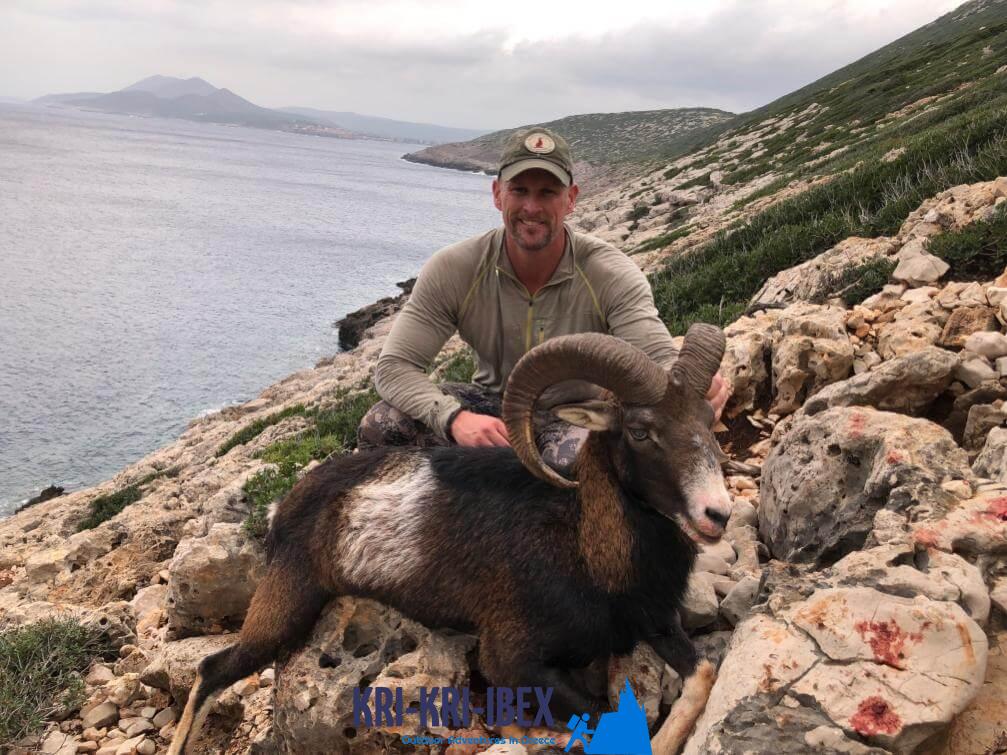
The Peloponnese peninsula on the Greek Mainland is frequently referred to as the 'real' Greece. This is due to the fact that it has managed to remain fairly unblemished by mass tourism and also retains much of its conventional appeal. If you're seeking an authentic Greek experience, then Peloponnese is the place for you. And also what far better way to discover this attractive area than on among our outside hunting, angling, as well as complimentary diving excursions?

Because it is not established, the number of Ibexes rises and fall with the population. The Ibexes of the Cretan Ibex breed Kri-Kri is the smallest ibex in terms of body weight, but not horn size (Capra Aegagrus Cretica). A few specimens that went uncounted determined 115 centimeters (45 inches). The gold prize is 61 centimeters (24 inches) long. The Kri-Kri ibex is hunted in Greece currently. Hunting is available on Atalanti and also Sapientza. Searching is permitted on Atalanti from the recently of October to the initial week of December. Searching is allowed on Sapientza for the entire month of November, depending upon weather.
On our Peloponnese scenic tours, you'll reach experience all that this outstanding region needs to offer. We'll take you on an excursion of a few of one of the most lovely and historical websites in all of Greece, including old damages, castles, and also extra. You'll additionally reach experience some of the conventional Greek society direct by enjoying some of the delicious food as well as a glass of wine that the area is known for. And obviously, no journey to Peloponnese would be complete without a dip in the shimmering Mediterranean Sea! Whether you're a knowledgeable seeker searching for a newbie traveler or a brand-new journey just wanting to explore Greece's spectacular landscape, our Peloponnese scenic tours are perfect for you. So what are you waiting for? Book your journey today!
There is genuinely something for every person in the Peloponnese peninsula. Whether you have an interest in background as well as society or nature as well as outdoor tasks, this is a perfect destination for your following holiday. If you are short on time, our searching and touring Peloponnese Tours from Methoni is a wonderful way to see whatever this impressive location needs to offer.And finally, your Kri Kri ibex trophy is awaiting you.
What is the diference between Kri Kri ibex, Bezoar ibex and hybrid ibex
The kri-kri is not thought to be indigenous to Crete, most likely having been imported to the island during the time of the Minoan civilization. Nevertheless, it is found nowhere else and is therefore endemic to Crete. It was common throughout the Aegean but the peaks of the 8,000 ft (2,400 m) White Mountains of Western Crete are their last strongholds–particularly a series of almost vertical 3,000 ft (900 m) cliffs called ‘the Untrodden’—at the head of the Samaria Gorge. This mountain range, which hosts another 14 endemic animal species, is protected as a UNESCO Biosphere Reserve. In total, their range extends to the White Mountains, the Samaria National Forest and the islets of Dia, Thodorou, and Agii Pandes.
This Ibex is NOT a diminutive form of the Bezoar Ibex, which has migrated into the western-most reach of the range of this species. The kri – kri (Capra aegagrus cretica), sometimes called the Cretan goat, Agrimi, or Cretan Ibex, is a feral goat inhabiting the Eastern Mediterranean, previously considered a subspecies of wild goat. The kri-kri has a light brownish coat with a darker band around its neck. It has two horns that sweep back from the head. In the wild they are shy and avoid tourists, resting during the day. The animal can leap some distance or climb seemingly sheer cliffs.
“The agrimi goat Capra aegagrus cretica is unique to Crete and its offshore islands. It has been identi®ed as a sub-species of the wild bezoar goat Capra aegagrus aegagrus Erxleben, 1777, which it closely resembles in horn shape, body form and coloration. This classi®cation has been disputed by some researchers who claim that the agrimi are feral goats, derived from early domestic stock brought to the island by the ®rst Neolithic settlers. In order to clarify this issue, DNA analyses (cytochrome b and D loop sequences) were carried out on tissue of live and skeletonized agrimi and compared to sequences of wild and domestic caprines. Results conclusively show the agrimi to be a feral animal, that clades with domestic goats (Capra hircus) rather than with wild Asiatic bezoar. This study demonstrates that morphometric criteria do not necessarily re¯ect genetic af®nities, and that the taxonomic classi®cation of agrimi should be revised.”